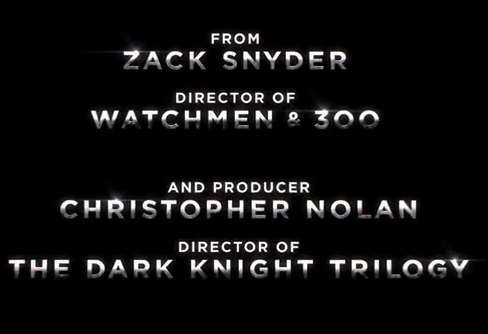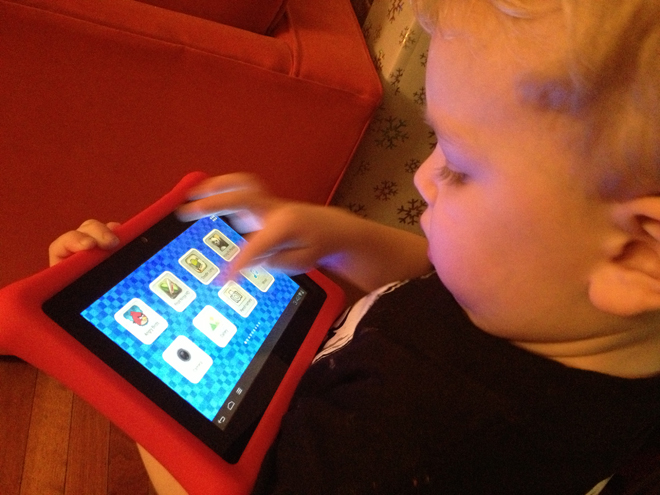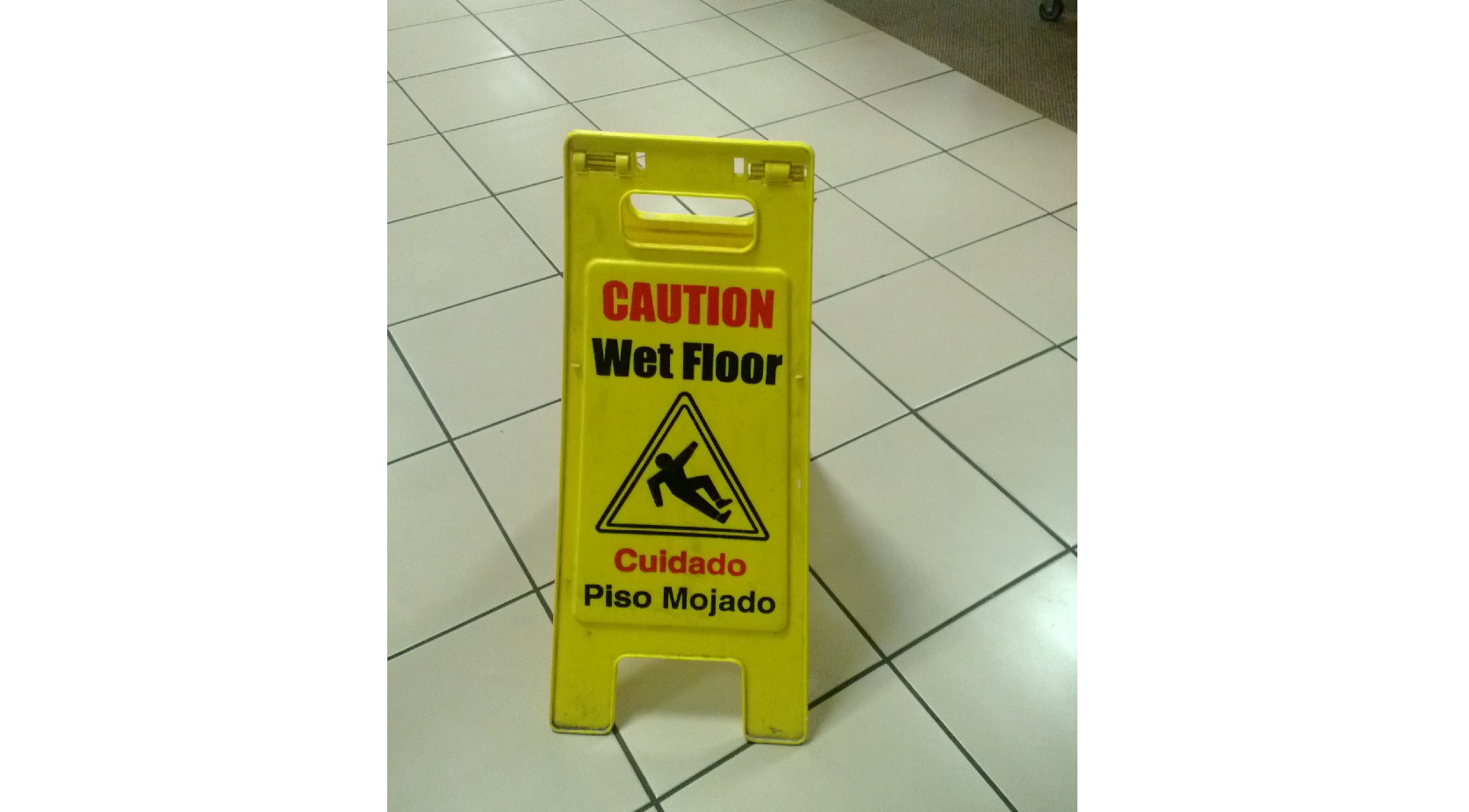How do you make a billion dollars in sales without discounts, urgency, a call to action or even appearing to “sell” at all?
It’s not only possible, but it’s a bit of an open secret. It happens somewhat frequently these days — in Hollywood.
I know this about you: you don’t have a Hollywood bank account to spend on advertising. And you know something about me, too. You don’t have to have a 10-figure marketing budget to apply the ideas I’m going to share. Trust me and give me just a few minutes of your time.
This trailer for Man of Steel is a good jumping-off point:
Even though Man of Steel had a $150M marketing allowance, there are some powerful principles you can put into practice for yourself without spending much more on your own marketing. If you do it well, these ideas will more than pay for themselves. Some will begin begin having an impact faster than a speeding bullet.
Here are 4 super takeaways:
1) Sell the Experience
Most of our marketing sounds like this: “We’ve been serving the community for 20 years. We only use the finest materials. Our service can’t be beat.”
Those things are important, but they don’t capture the imagination of our customers. That messages doesn’t make the heart race.
The trailer doesn’t say “We spent 3 years and over $200M to make this movie. It’s 2 hours long and it’s sure to excite you.” Instead, it teases you with a taste of what you’ll see, hear and feel when you get to the theater or buy the DVD. Action. Stunning visual effects. An engrossing story about a beloved character.
How can you emulate that? Talk about the experience you provide. Illustrate what the future will look like after doing business with you. Or if they don’t. Better yet, have a current customer tell the story for you.
Remember, people want to know what’s in it for them. Show them right away. Put yourself in their shoes; what’s going to get their heart racing?
2) Know, Like and Trust
Everyone’s familiar with Superman. Most of us like him. Some people are fanatics. (I’ve seen people come close to fist-fighting when discussing DC vs. Marvel.) And just like an old friend, we’re happy to spend more time with him, getting to know him.
While there are plenty of ways a Superman reboot could go wrong, this production builds on a strong franchise with a loyal built-in following. Not a bad place to start.
On top of that, the director (Zack Snyder) and producer (Christopher Nolan) have rabid fan bases of their own. Even if you don’t know them by name, you’re familiar with their work:
People know, like and trust the movie-watching experience itself.
What positive associations do your potential customers have that you can tap into?
Who or what do they already know, like and trust that you can align yourself with?
What part of your product or service are they already in love with that you can highlight?
What amazing experiences can you remind them of?
3) Go in for the Long Haul
Superman has been around since 1938. There are new comics, cartoons, TV shows and movies all the time, and it’s been that way for decades.
Repetition begets trust and burns memories.
Think about your marketing efforts in the long-term. I know you don’t have 75 years to wait for a profit, but don’t go crazy acting like a traveling salesman who’s only in town for a week, either.
Communicate consistently and continually. If possible, try to reach your audience in multiple channels to keep things fresh and interesting. Write articles in magazines or trade journals they read. Take on speaking gigs and record them so you can share the video or MP3. Do a podcast.
Don’t just blog or email.
The challenge is that you have to continually fascinate, educate and/or add value, otherwise you become a nuisance.
4) Make the “Ask” Easy
Have you noticed that trailers don’t put pressure on you? They don’t have to sell you half-price tickets or give you free Ginsu steak knives if your order in the next 10 minutes.
There’s no need for anything like that.
They’ve tapped into established consumer behavior. People love movies. They pay for tickets at the theater and buy the DVD, too. They love to go in groups (or couples at least), and they love to tell everyone they didn’t go with how awesome (or horrible) the experience was.
There are millions of people who go to the movies no matter what’s playing. It’s not hard to get them to buy a ticket.
The price-to-value equation is an easy one for moviegoers to calculate. They enjoy the experience, and the value of that experience outweighs the cost of the ticket. It’s a no-brainer.
Is there a proven consumer behavior or cultural trend you can hitch a ride on? (Be careful, the competition can be rough there.)
What can you do to make your product/service so valuable that your price is a non-factor?
(Just for the record, I’m all for strong calls to action, creating urgency, etc. I highly recommend using them to strengthen your offer.)
I haven’t seen Man of Steel yet (apparently their marketing doesn’t always work, huh?), but I know this: $150M worth of marketing has generated at least $830M in gross revenue for Warner Brothers. That’s nearly a 6X return on investment. There’s something worth paying studying there.
Although I believe direct response is the way to go, especially for small businesses, we can learn from all kinds of business success. Anyone getting 600% ROI is worth paying some attention to, wouldn’t you say?
P.S. Want more superhero marketing tips?
You’re going to love this video.









